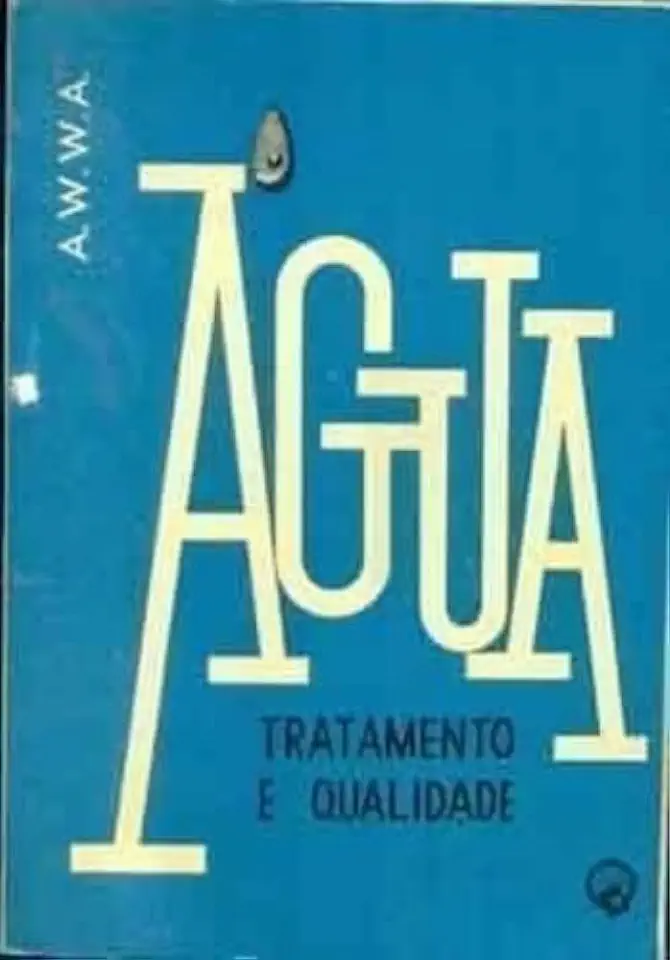
Water Treatment and Quality - American Water Works Association
Water Treatment and Quality: A Comprehensive Guide
Introduction
Water is essential for life, and its quality is of utmost importance. Water treatment plays a crucial role in ensuring that the water we drink, use for cooking, and bathe in is safe and of high quality. This comprehensive guide, published by the American Water Works Association (AWWA), provides a wealth of information on water treatment and quality, making it an invaluable resource for water professionals, students, and anyone interested in understanding the importance of clean water.
Water Treatment Processes
The book delves into the various water treatment processes employed to remove impurities, contaminants, and harmful microorganisms from water. These processes include:
- Coagulation and Flocculation: These processes involve adding chemicals to water to cause impurities to clump together and form larger particles.
- Sedimentation: The larger particles formed during coagulation and flocculation settle down due to gravity, allowing them to be removed from the water.
- Filtration: Water is passed through filters to remove any remaining particles, including bacteria and other microorganisms.
- Disinfection: Chemicals such as chlorine or ultraviolet light are used to kill any remaining microorganisms, ensuring the water is safe to drink.
Water Quality Standards
The book also discusses the various water quality standards set by regulatory agencies to ensure that water is safe for human consumption. These standards include:
- Maximum Contaminant Levels (MCLs): These are the maximum levels of contaminants allowed in drinking water.
- Secondary Maximum Contaminant Levels (SMCLs): These are non-enforceable guidelines for contaminants that may affect the taste, odor, or appearance of water.
- Action Levels: These are levels of contaminants at which water suppliers are required to take action to reduce the levels of those contaminants.
Water Treatment Technologies
The book provides an overview of the latest water treatment technologies, including:
- Membrane Filtration: This technology uses membranes to remove impurities and contaminants from water.
- Reverse Osmosis: This process uses a semipermeable membrane to remove dissolved solids, including salts and minerals, from water.
- Electrodialysis: This process uses an electrical current to remove ions from water.
- Distillation: This process boils water and then condenses the steam to produce pure water.
Water Quality Monitoring
The book emphasizes the importance of water quality monitoring to ensure that water treatment processes are effective and that water quality meets regulatory standards. Water quality monitoring involves:
- Sampling: Collecting water samples at various points in the water treatment process and distribution system.
- Testing: Analyzing water samples to determine the presence and levels of contaminants.
- Reporting: Reporting water quality results to regulatory agencies and the public.
Conclusion
"Water Treatment and Quality" is a comprehensive and authoritative resource that provides a wealth of information on water treatment and quality. It is an essential guide for water professionals, students, and anyone interested in understanding the importance of clean water. With its clear and concise explanations, the book makes complex water treatment concepts easy to understand, making it a valuable addition to any library.